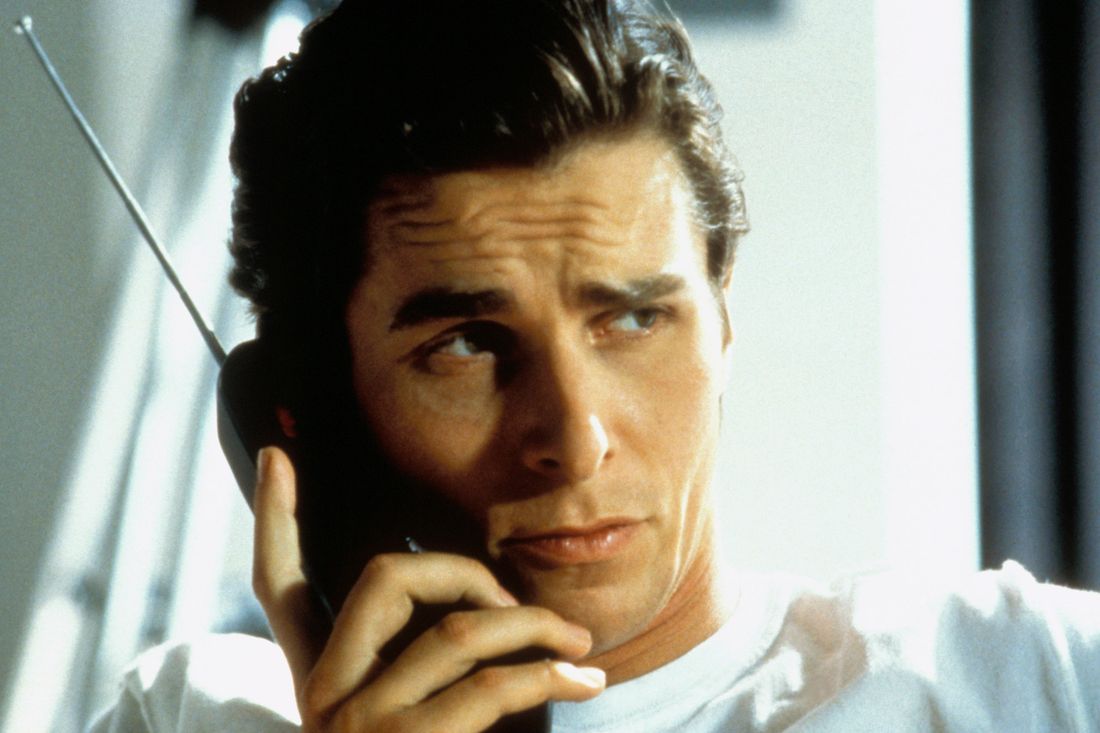When Will Sinners Come Knocking on VOD?

At the moment, the movie “Sinners” is up for pre-order but not for rental. Typically, Warner Bros. Discovery (WBD) releases their Premium Video On Demand (PVOD) premieres around a month after a film’s theater debut. For instance, one of WBD’s top earners from 2024, “Beetlejuice Beetlejuice”, hit theaters on September 6 and was available for PVOD viewing by October 8. Similar timelines were seen with “Dune: Part Two” and “Mickey 17”. So, given this pattern, it’s plausible that you might be able to watch “Sinners” at home as early as June.







